Neonatal Fc Receptor The neonatal Fc receptor (FcRn) was initially identified as an immunoglobulin G (IgG) receptor in the intestinal epithelial cells of neonatal rodents (Simister and Rees, 1985 ) FcRn transports IgG from the maternal milk across the mucosal layer and releases it into blood of neonatal rodents to endow passive immunityThe neonatal fragment crystallizable (Fc) receptor (FcRn) is a multifunctional atypical Fcgamma receptor (FcγR) FcRn was initially identified as responsible for IgG transport from maternal to fetal circulation across the placenta, and later for IgG recyclingNeonatal Fc receptor is similar to these proteins Polymeric immunoglobulin receptor, CC chemokine receptor type 7, Smoothened and more

Pdf Fcrn The Neonatal Fc Receptor Comes Of Age Semantic Scholar
Neonatal fc receptor antibody
Neonatal fc receptor antibody- IgG and albumin are the most abundant proteins in the circulation and have the longest halflives These properties are due to a unique receptor, the neonatal Fc receptor (FcRn) Although FcRn is named for its function of transferring IgG across the placenta from maternal to fetal circulation, FcRn functions throughout life to maintain IgG and albumin concentrations FcRn protects IgG Neonatal Fcreceptor The annotation score provides a heuristic measure of the annotation content of a UniProtKB entry or proteome This score cannot be used as a measure of the accuracy of the annotation as we cannot define the 'correct annotation' for any given protein



Fc Receptor Wikipedia
Abstract The neonatal Fc receptor for IgG (FcRn) has been well characterized in the transfer of passive humoral immunity from a mother to her fetus In addition, throughout life, FcRn protects IgG from degradation, thereby explaining the long halflife of this class of antibody in the serum In recent years, it has become clear that FcRn is expressed in various sites in adults, where its The neonatal Fc receptor for IgG (FcRn) is a heterodimer consisting of an MHCclassIlike heavy chain (shown in turquoise) and a β 2microglobulin (β 2 m) light chain (shown in green), which isCloning and analysis of the gene encoding the human neonatal Fc receptor (PMID ) Mikulska JE Simister NE (European journal of immunogenetics official journal of the British Society for Histocompatibility and Immunogenetics 00) 3 4 22;
Neonatal Fc receptor is kind of MHC classI receptor The neonatal Fc receptor was first discovered in rodents Further studies revealed a similar receptor in humans In rodents, neonatal Fc receptor in the neonatal gut epithelium and fetal yolk sac transports maternal IgG to the neonate and in humans neonatal Fc receptor mediates maternalfetal IgG transport across the ☑ The neonatal Fc receptor (FcRn)–mediated recycling targetmediated drug disposition (TMDD) model for HL2351, which characterized both targetmediated disposition and FcRnmediated recycling, and a TMDD model for anakinra, in humans, was developed in this study HL2351 dosage regimen that mimicked the therapeutic actions of anakinra was estimated by aAlbumin is the most abundant plasma protein involved in the transport of many compounds, such as fatty acids, bilirubin, and heme The endothelial cellular neonatal Fc receptor (FcRn) has been suggested to play a central role in maintaining high albumin plasma levels through a cellular recycling pathway However, direct mapping of this process is still lacking
This arises from IgG interaction with the neonatal Fc receptor, FcRn FcRn is the central regulator of IgG and albumin homeostasis throughout life and is increasingly being recognized as an important player in autoimmune disease, mucosal immunity, and tumor immune surveillance Various engineering approaches that hijack or disrupt the FcRnmediated transport However, the identity of the specific receptor mediating this transfer, the neonatal Fc receptor (FcRn), remained unknown for nearly 30 more years ( 2) by which time other FcCrystal structure and immunoglobulin G binding properties of the human major histocompatibility complexrelated Fc receptor




Immunoglobulins Structure And Function Arpad Lanyi Ppt Video Online Download




Neonatal Fc Receptor In Human Immunity Function And Role In Therapeutic Intervention Journal Of Allergy And Clinical Immunology
1 Definition Der neonatale FcRezeptor, kurz FcRnRezeptor ist ein FcRezeptor, der biochemisch einem Molekül der MHCKlasse I ähnelt Er ist für den Transport von IgG durch die mütterliche Plazenta und das Recycling von IgG verantwortlich 2The neonatal Fc receptor (also FcRn, IgG receptor FcRn large subunit p51, or Brambell receptor) is a protein that in humans is encoded by the FCGRT gene 1 2 3It is an Fc receptor which is similar in structure to the MHC class I molecule and also associates with beta2microglobulin 4 Further studies revealed a similar receptor in humans, leading to the naming as a neonatal Fc receptor Inhibition of the neonatal Fc receptor (FcRn) is currently being explored as a novel treatment approach for myasthenia gravis (MG), a disease in which immunoglobulin G (IgG) autoantibodies form against acetylcholine receptors (AChRs), musclespecific kinase (MuSK), and lipoproteinrelated protein 4 (LRP4) 1,2 The pathophysiology of MG is associated with the type



Plos Biology Insight Into Small Molecule Binding To The Neonatal Fc Receptor By X Ray Crystallography And 100 Khz Magic Angle Spinning Nmr
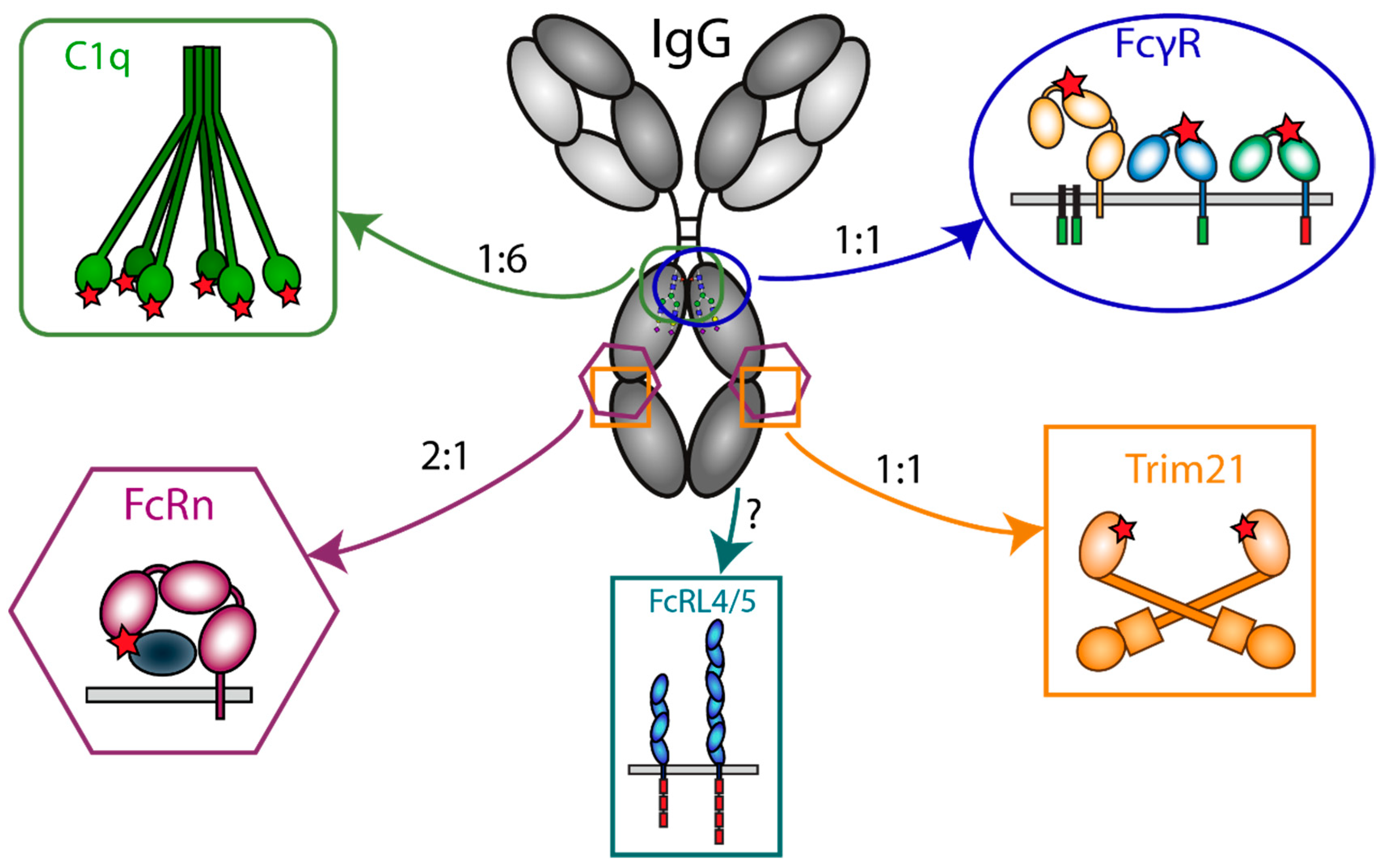



Antibodies Free Full Text The Ligands For Human Igg And Their Effector Functions Html
Studies on the neonatal Fc receptor (FcRn) have revealed a multitude of important functions in mammals, including protection of IgG and serum albumin (SA) from lysosomal degradation The pharmacokinetic behavior of therapeutic antibodies, IgGFc and SAcontaining drugs is therefore influenced by their interaction with FcRn Preclinical development of suchNeonatal Fc receptor (English) Medical terminology for medical students neonatal Fc receptor (English) Medical terminology for medical students Watch later Share Andersen J T, Cameron J, Plumridge A, Evans L, Sleep D, Sandlie I (13) Singlechain variable fragment albumin fusions bind the neonatal Fc receptor (FcRn) in a speciesdependent manner implications for in vivo halflife evaluation of albumin fusion therapeutics J Biol Chem 2, – PMC free article Google Scholar



Fc Receptor Wikipedia




Jci Fc Receptors In Immune Thrombocytopenias A Target For Immunomodulation
The Neonatal Fc Receptor and Complement Fixation Facilitate Prophylactic VaccineMediated Humoral Protection against Viral Infection in the Ocular Mucosa Authors DJ Royer, MM Carr, HR Gurung, WP Halford, DJJ Carr J Immunol, 17;0(0)The human neonatal Fc receptor is the uncoating receptor that facilitates cellular viral entry for Enteroviruses, such as echovirus Human Neonatal Fc Receptor Is the Cellular Uncoating Receptor for Enterovirus B Cell Targeting the neonatal Fc receptor (FcRn) presents an innovative and potentially more effective, safer, and more convenient alternative for clearing pathogenic IgGs METHODS A randomized, doubleblind, placebocontrolled firstinhuman study was conducted in 62 healthy volunteers to explore single and multiple ascending intravenous doses of the FcRn antagonist
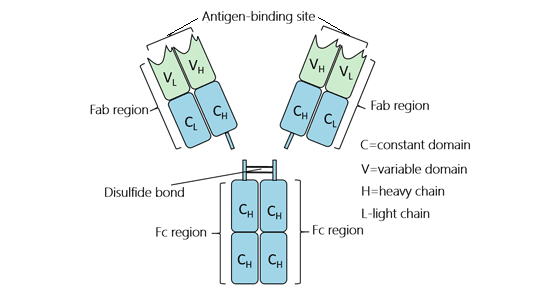



The Overview Of Fc Receptors Classification Related Signaling Pathways And Application Cusabio




Neonatal Fc Receptor Service By Immunitrack Aps Labs Explorer
Neonatal Fc receptor an IgG Fc fragment receptor, the product of the human gene FCGRT 1 2This is a heterodimeric receptor consisting of a heavy chain with MHC Ilike folding and microglobulin β2The receptor recognizes the site that connects the C H 2 and C H 3 domains of IgG, which distinguishes it from the classical Fc receptor γ and the component of the C1qNeonatal Fc receptors (FcRn) belong to the major histocompatibility complex (MHC) family of immune molecules FcRn receptors are much less diverse than MHC I and MHC II molecules and they do not present antigens to the immune system Instead, they bind IgG and albumin with high affinity at low pH, and regulate their halflife in serum as well as at mucosal surfaces Thus, FcRn receptors The neonatal Fc receptor (FcRn) is a major factor regulating the serum levels of IgG antibodies While FcRnmediated halflife extension is beneficial for IgG antibody responses against pathogens, it also prolongs the serum halflife of IgG autoantibodies and thus promotes tissue damage in autoimmune diseases In the present review article, we examine current evidence on
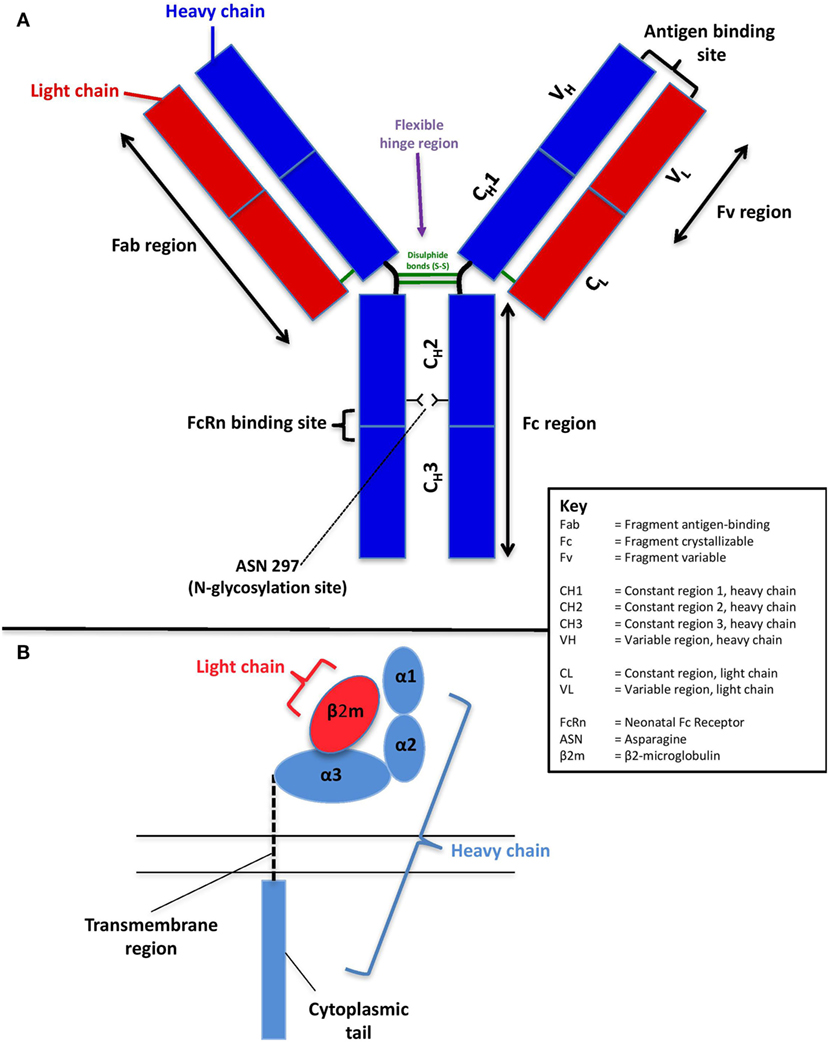



Frontiers Factors Affecting The Fcrn Mediated Transplacental Transfer Of Antibodies And Implications For Vaccination In Pregnancy Immunology



1
It was therefore interesting to consider the role played by the neonatal Fc receptor for IgG (FcRn) in crosspresentation and its relationship to FcγRmediated internalization FcRn is a nonclassical Fc receptor encoded by the Fcgrt gene that binds its ligand, IgG, exclusively at acidic pH ≤ 65 and resides predominantly intracellularly Despite the insinuation of its name, FcRn isNeonatal Fc receptor is involved in the protection of fibrinogen after its intake in peripheral blood mononuclear cells springermedizinde Skip to main contentEnglisch neonatal Fc receptor, Brambell receptor Inhaltsverzeichnis 1 Definition;




A Comprehensive Review Of The Neonatal Fc Receptor And Its Application In Drug Delivery Sciencedirect
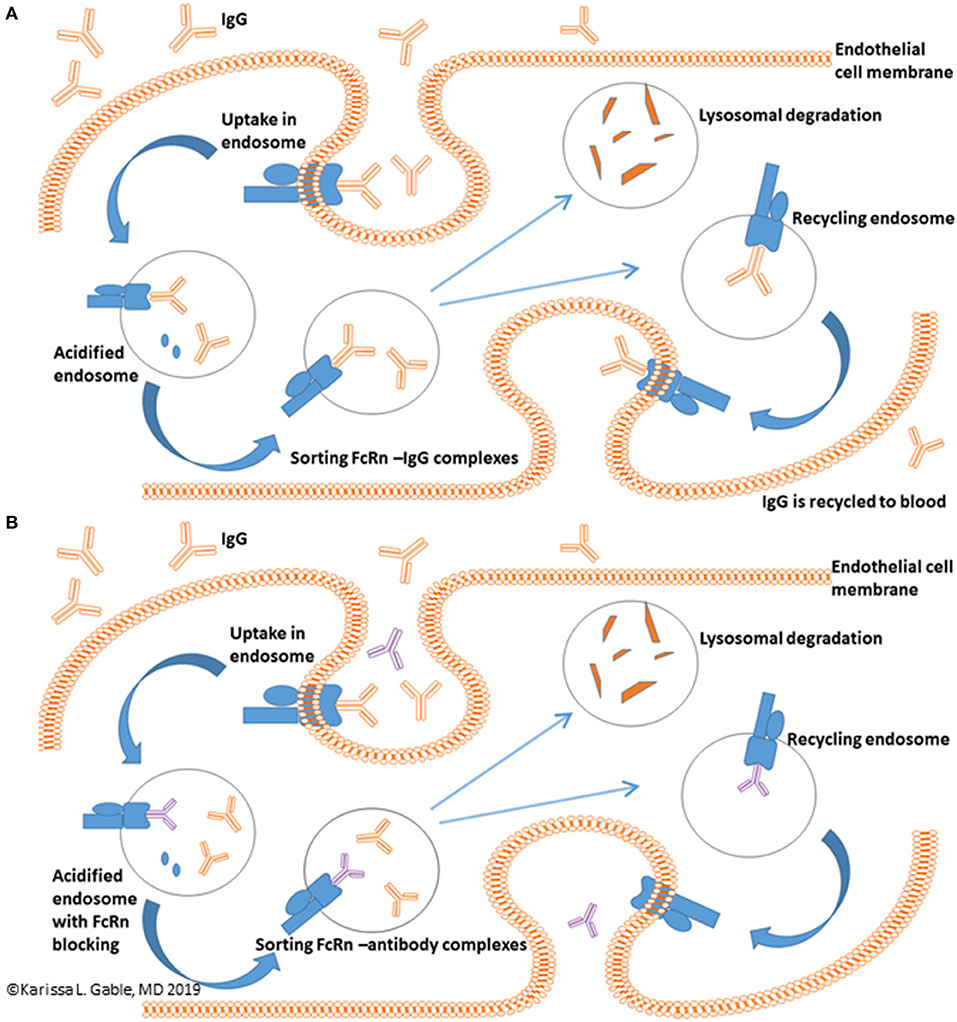



Frontiers Antagonism Of The Neonatal Fc Receptor As An Emerging Treatment For Myasthenia Gravis Immunology
The neonatal Fc receptor for IgG (FcRn) has been well characterized in the transfer of passive humoral immunity from a mother to her fetus and throughout life, FcRm protects IgG from degradation, thereby explaining the long halflife of this class of antibody in the serum The neonatal Fc receptor for IgG (FcRn) has been well characterized in the transfer of passive The neonatal Fc receptor (FcRn) extends the systemic halflife of IgG antibodies by chaperoning bound Fc away from lysosomal degradation inside stromal and hematopoietic cells FcRn also transports IgG across mucosal barriers into the lumen, and yet little is known about how FcRn modulates immunity in the lung during homeostasis or infection We infected wildtypeThe neonatal Fc receptor (FcRn) is expressed by cells of epithelial, endothelial and myeloid lineages and performs multiple roles in adaptive immunity Characterizing the FcRn/IgG interaction is fundamental to designing therapeutic antibodies because IgGs with moderately increased binding affinities for FcRn exhibit superior serum halflives and efficacy It has been hypothesized that




Nucleic Acids Encoding Anti Neonatal Fc Receptor Fcrn Antibodies Patent Grant Sexton Et Al May 25 2 Dyax Corp



Opsonization
The neonatal Fc receptor (FcRn) has been initially identified as the receptor involved in the IgG transmission from mother to offspring 10, 11 Subsequently, it has been shown that FcRn is expressed in many tissues and cell types beyond neonatal life 12 , including polarized epithelia (intestines, lung, breast, kidney) as well as parenchymal cells (hepatocytes, endothelial cells andNeonatal Fc receptor (FcRn) a novel target for therapeutic antibodies and antibody engineering The biomedical applications of antibodies as prophylactics, therapeutics and diagnostics are developing rapidly Neonatal Fc receptor (FcRn) is a major IgG Fc receptor capable of facilitating the translocation of IgGAmong the atypical Fc Rs, the neonatal Fc receptor (FcRn) has increasingly gained notoriety given its intimate influence on IgG biology and its ability to also bind to albumin FcRn functions as a recycling or transcytosis receptor that is responsible for maintaining IgG and albumin in the circulation, and bidirectionally transporting these two ligands across polarized cellular barriers More recently, it has been appreciated that FcRn




Radiolabeled Igg Antibodies Impact Of Various Labels On Neonatal Fc Receptor Binding Edelmann 19 Journal Of Labelled Compounds And Radiopharmaceuticals Wiley Online Library




A Schematic Illustration Of Neonatal Fc Receptor Mediated Half Life Download Scientific Diagram
Neonatal Fc receptor Fc fragment of IgG, receptor, transporter, alpha World Heritage Encyclopedia, the aggregation of the largest online encyclopedias
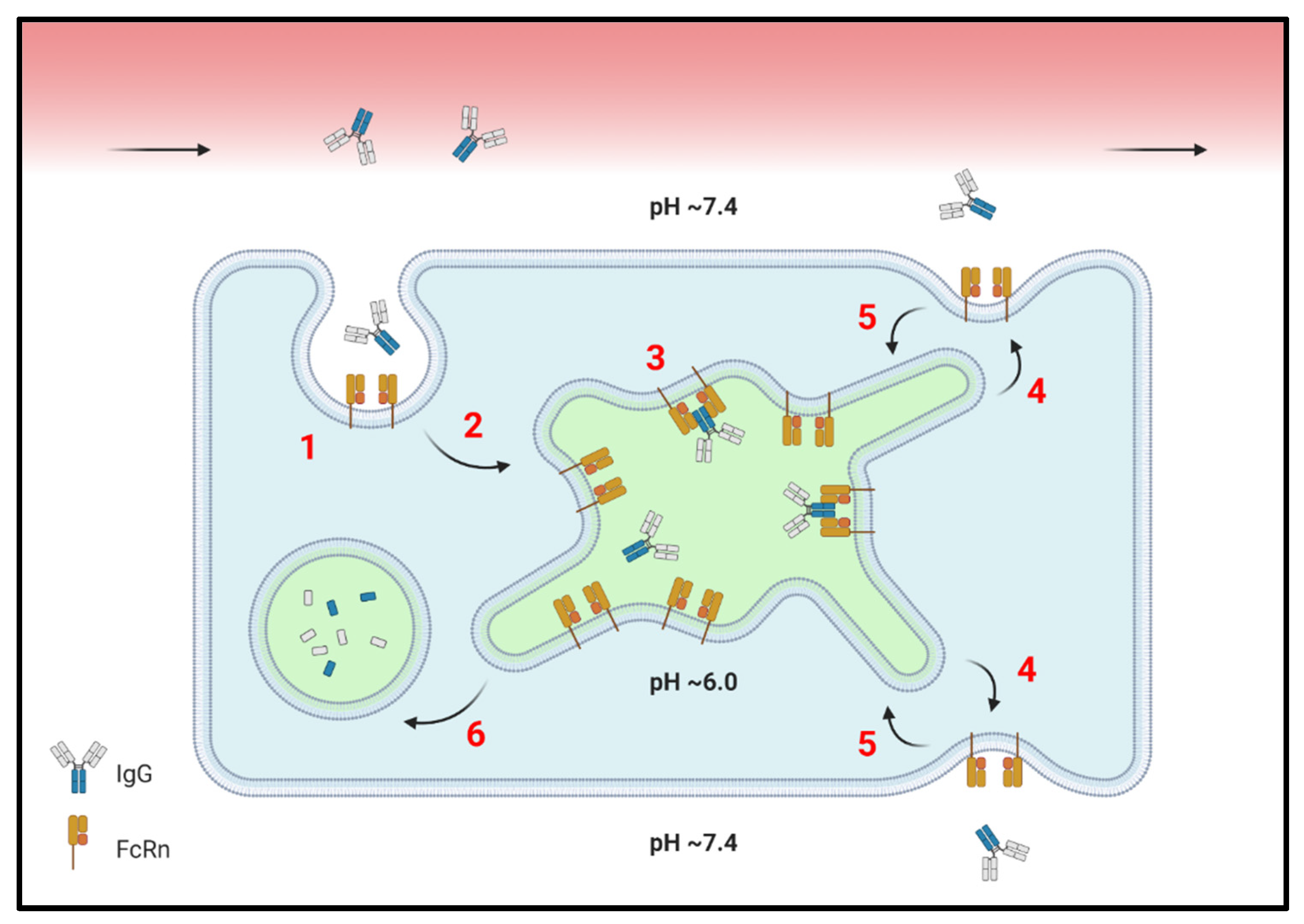



Ijms Free Full Text In Translation Fcrn Across The Therapeutic Spectrum Html




Neonatal Fc Receptor English Medical Terminology For Medical Students Youtube
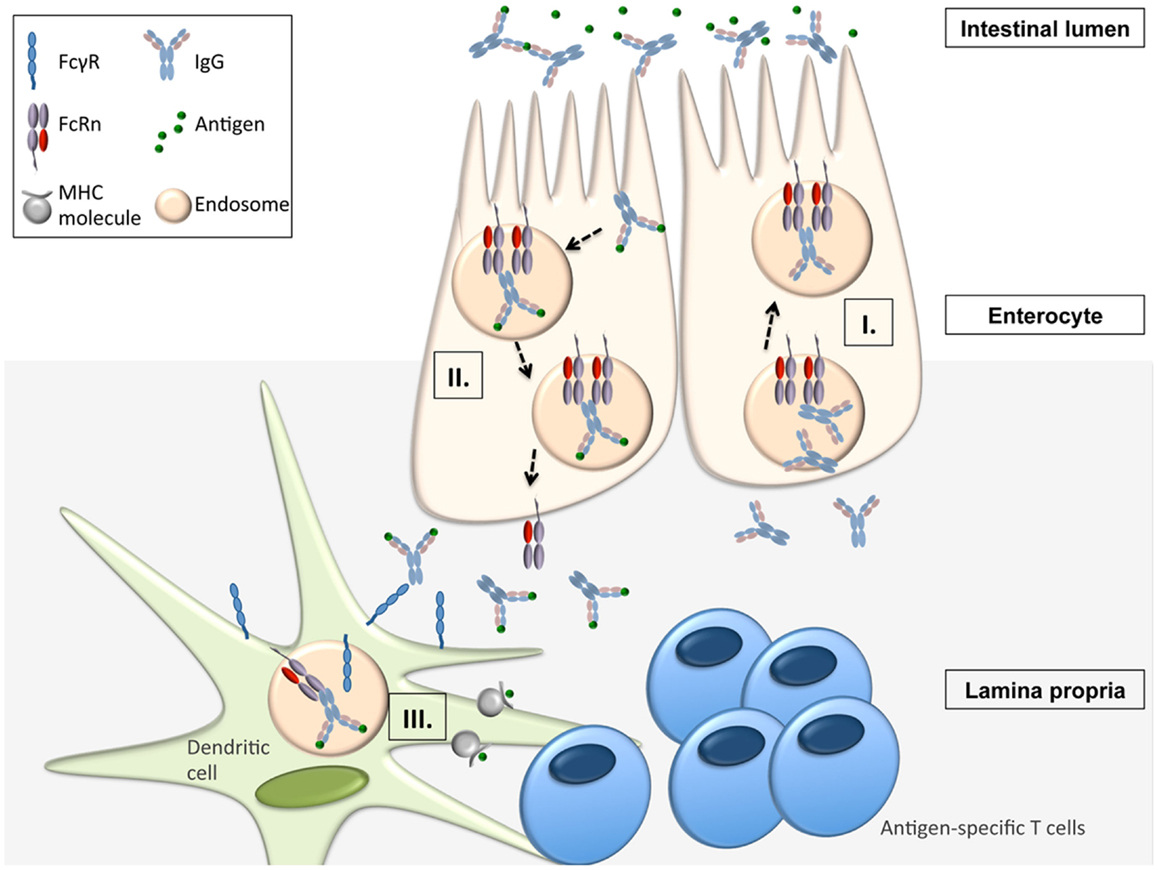



Frontiers Regulation Of Immune Responses By The Neonatal Fc Receptor And Its Therapeutic Implications Immunology
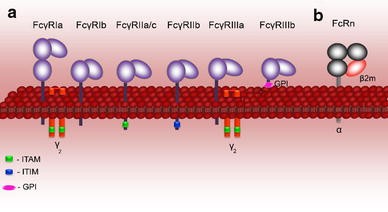



The Neonatal Fc Receptor As Therapeutic Target In Igg Mediated Autoimmune Diseases Springerlink
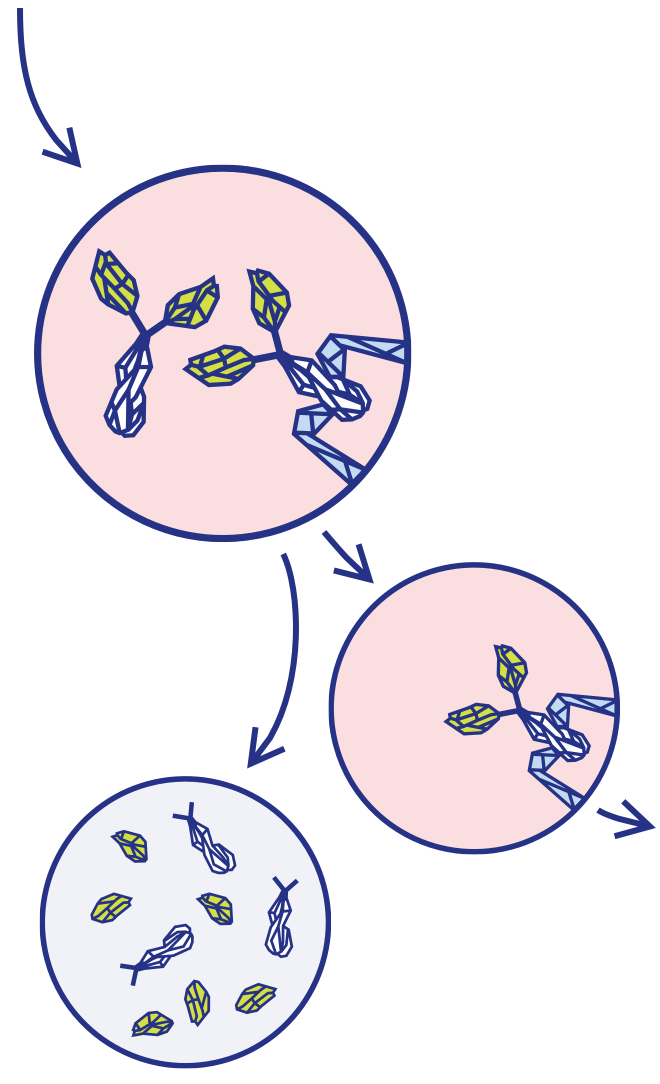



Fcrn Pathway




Neonatal Fc Receptor In Human Immunity Function And Role In Therapeutic Intervention Sciencedirect




Mimicking Natural Antibody Recycling For In Vitro Pharmacokinetics Studies
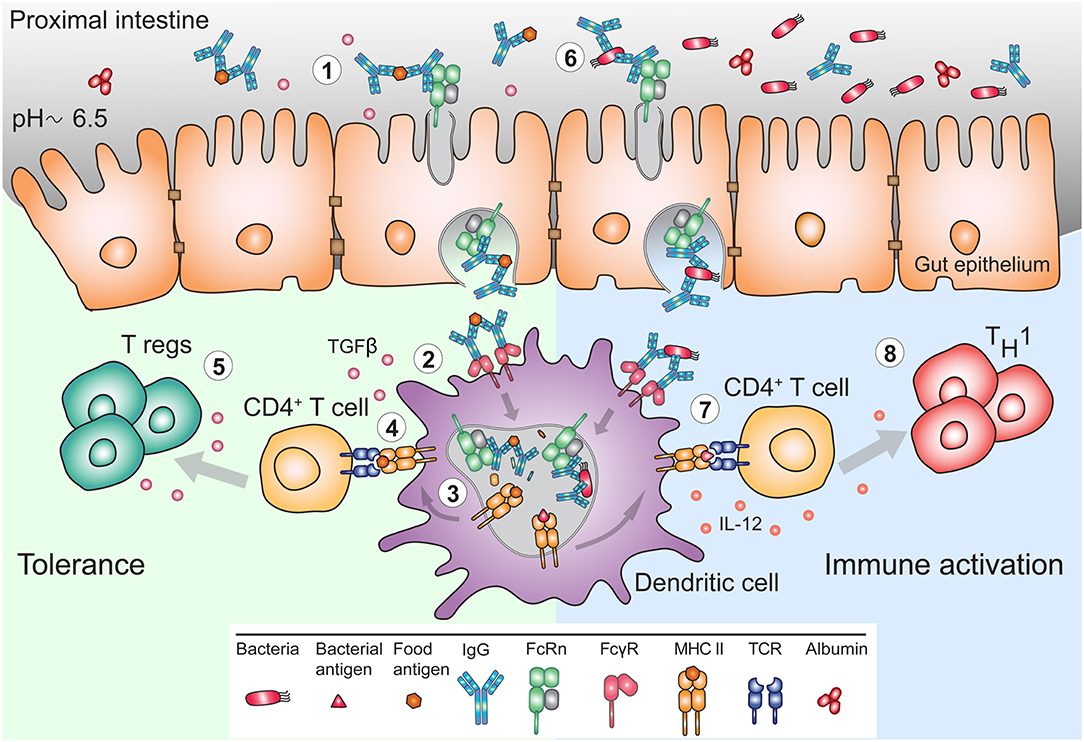



Frontiers The Neonatal Fc Receptor Fcrn A Misnomer Immunology




Truncation Of The Murine Neonatal Fc Receptor Cytoplasmic Tail Does Not Alter Igg Metabolism Or Transport In Vivo The Journal Of Immunology




Targeting The Neonatal Fc Receptor For Antigen Delivery Using Engineered Fc Fragments The Journal Of Immunology




The Neonatal Fc Receptor Fcrn As A Target For Drug Delivery And Therapy Sciencedirect
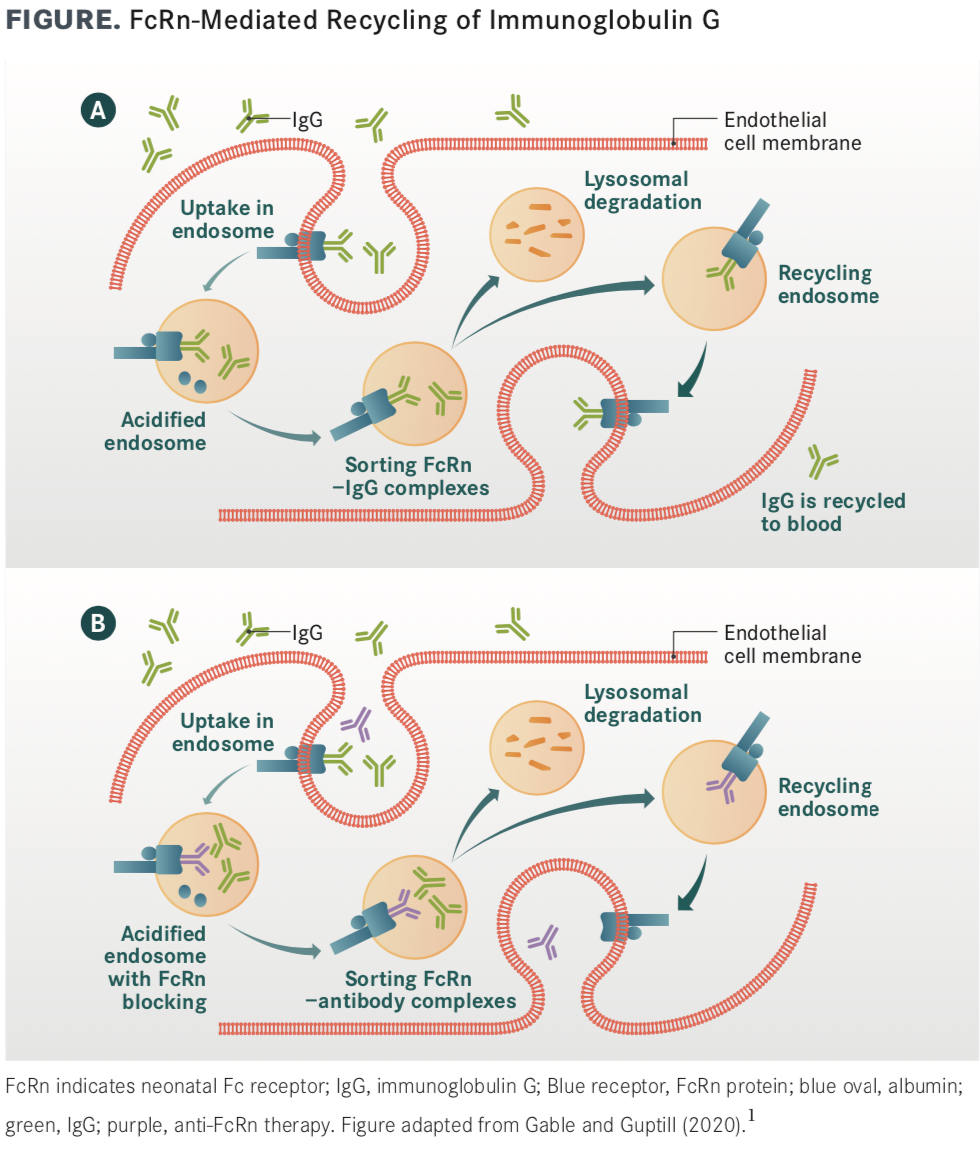



Targeting The Neonatal Fc Receptor In Myasthenia Gravis




The Neonatal Fc Receptor Of Igg Fcrn Is Well Characterised For The Download Scientific Diagram
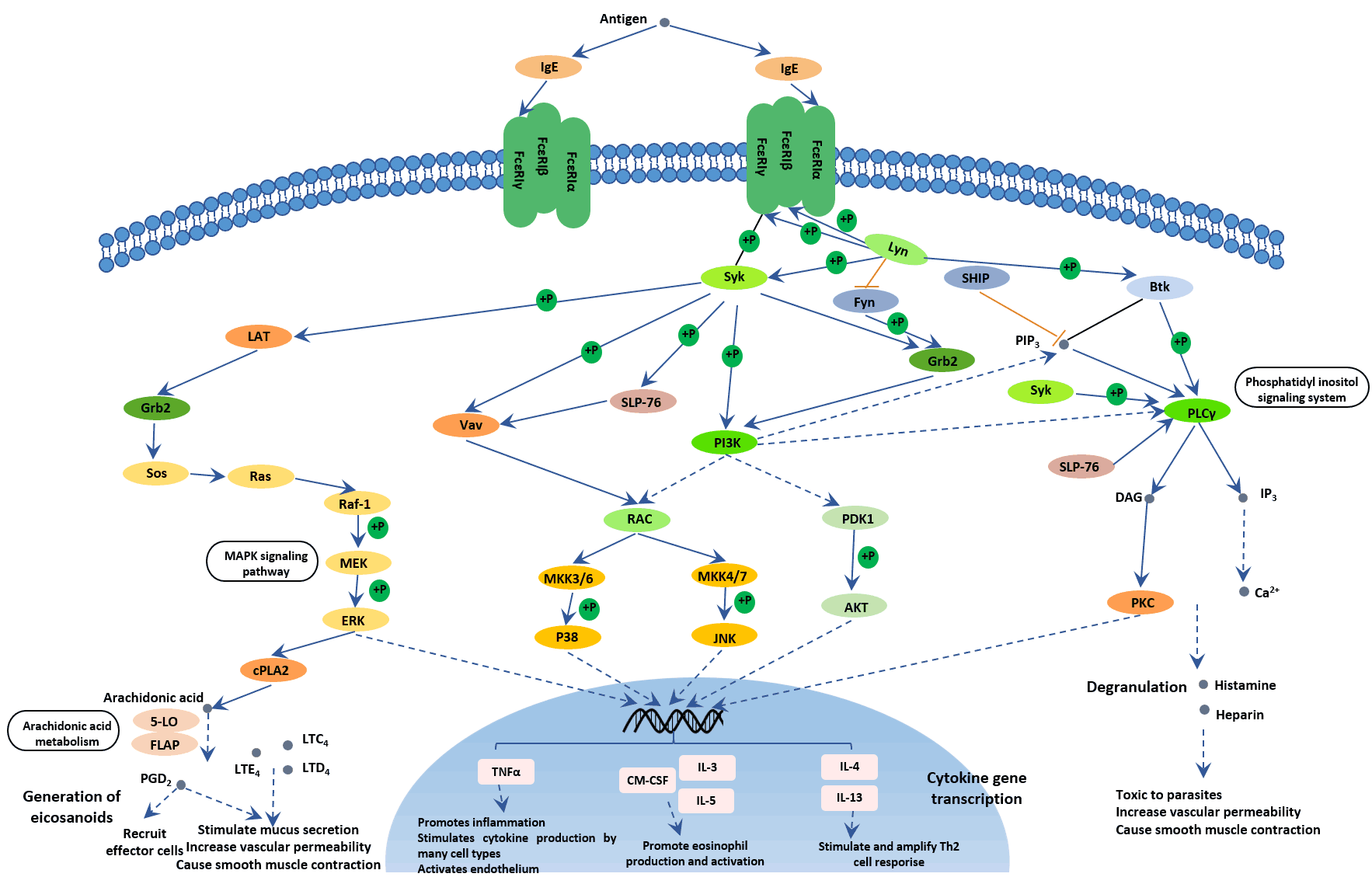



The Overview Of Fc Receptors Classification Related Signaling Pathways And Application Cusabio




Pdf Serum Albumin And Its Interaction With The Neonatal Fc Receptor Fcrn Characterization Of The Albumin Fcrn Binding Mechanism Semantic Scholar




Nf Kb Signaling Regulates Functional Expression Of The Mhc Class I Related Neonatal Fc Receptor For Igg Via Intronic Binding Sequences The Journal Of Immunology



Neonatal Fc Receptor Binding Tolerance Toward The Covalent Conjugation Of Payloads To Cysteine 34 Of Human Albumin Variants Precision Polymerics



Humanized Serum Albumin Hsa Hfcrn Mouse Catalog Models Genoway




Role Of Neonatal Fc Receptor Fcrn In Experimental Lung Metastasis Download Scientific Diagram
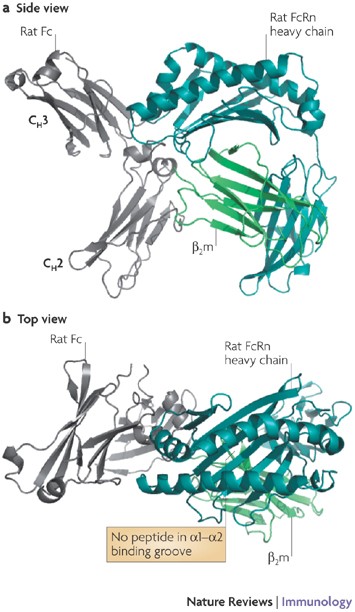



Fcrn The Neonatal Fc Receptor Comes Of Age Nature Reviews Immunology
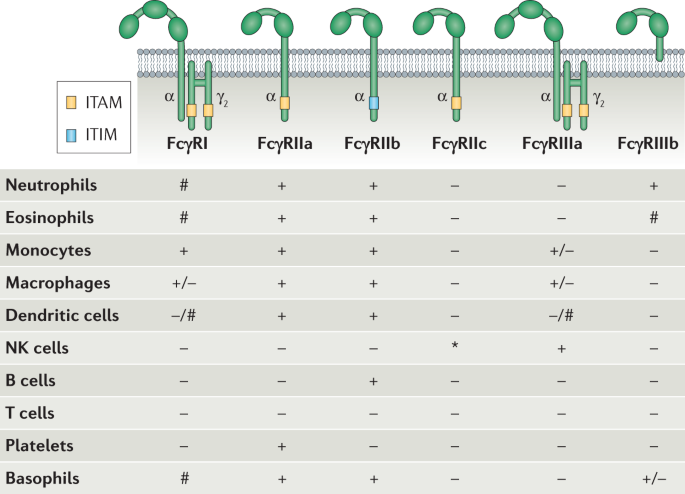



The Role Of Igg Fc Receptors In Antibody Dependent Enhancement Nature Reviews Immunology




The Neonatal Fc Receptor In Cancer Fcrn In Cancer Researcher An App For Academics




Pdf Fcrn The Neonatal Fc Receptor Comes Of Age Semantic Scholar




Structure Of The Extracellular Part Of The Neonatal Fc Receptor Fcrn Download Scientific Diagram



Wild Type Mouse Soluble Neonatal Fc Receptor Inven2biologics




Intracellular Neutralization Of Viral Infection In Polarized Epithelial Cells By Neonatal Fc Receptor Fcrn Mediated Igg Transport Pnas
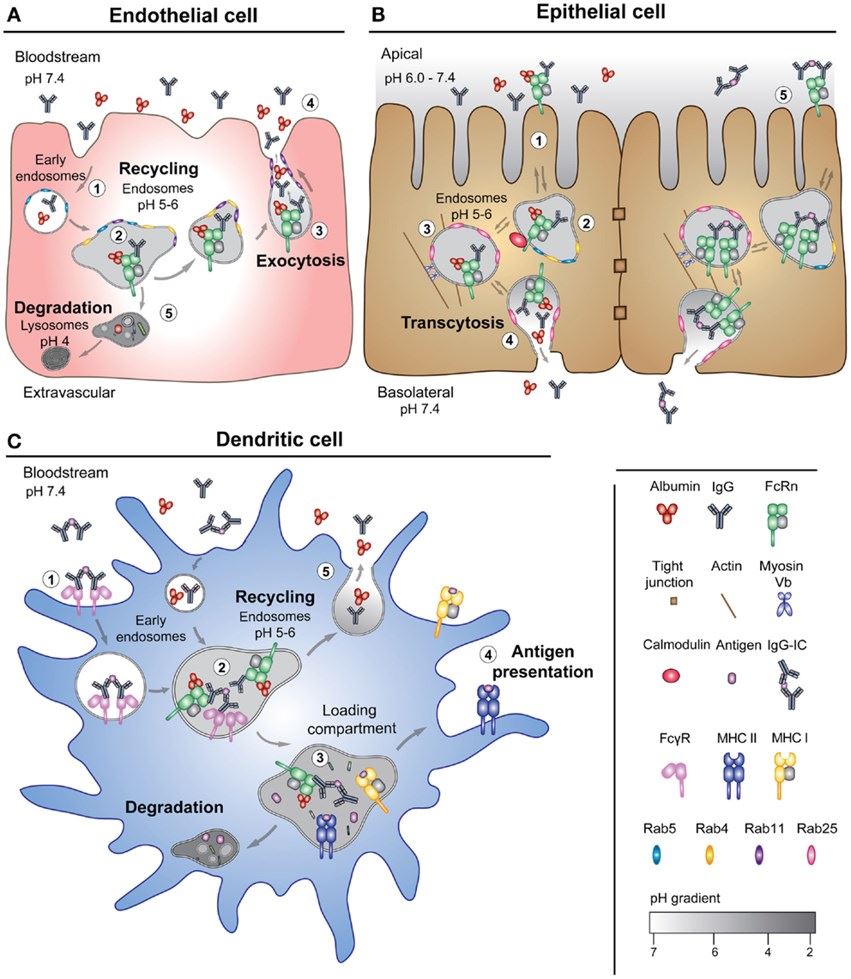



Fcrn Binding Assay Creative Biolabs




Fc Receptor Sino Biological
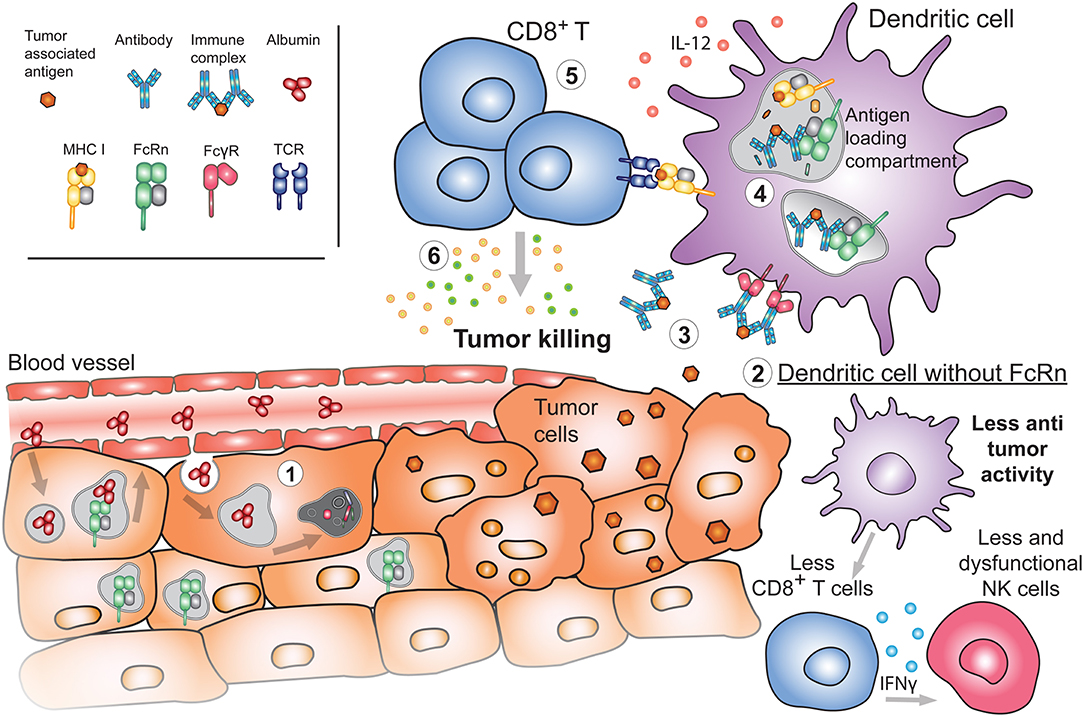



Frontiers The Neonatal Fc Receptor Fcrn A Misnomer Immunology




Neonatal Fc Receptor Fcrn Reagents Immunitrack
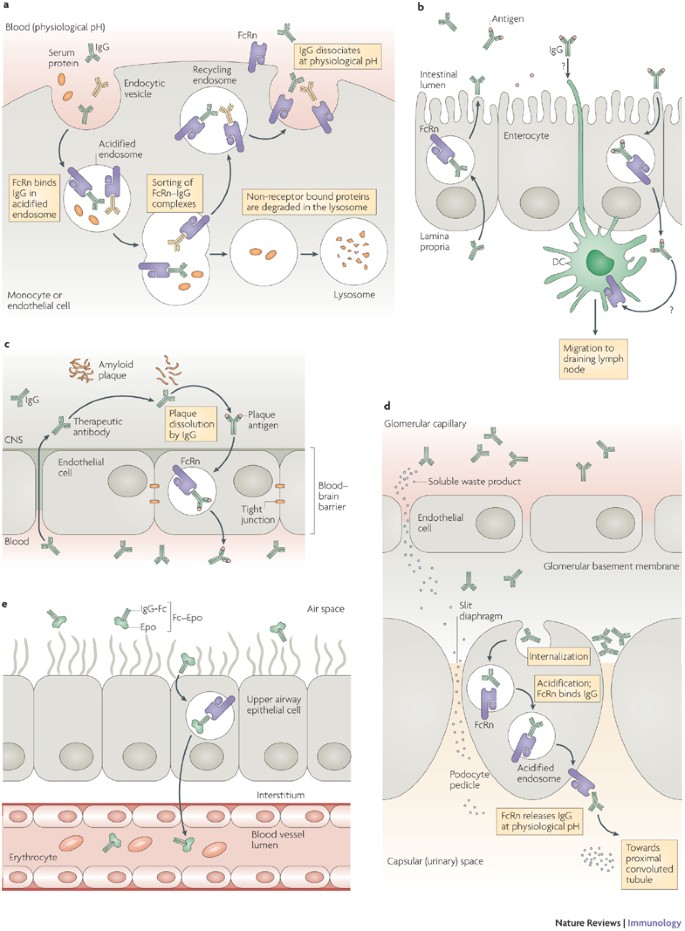



Fcrn The Neonatal Fc Receptor Comes Of Age Nature Reviews Immunology




Extending Serum Half Life Of Albumin By Engineering Neonatal Fc Receptor Fcrn Binding Journal Of Biological Chemistry




Proposed Role Of The The Neonatal Fc Receptor For Igg Fcrn In The Download Scientific Diagram




Expression Of The Neonatal Fc Receptor In Placental Fetal Endothelium And In Cells Of The Placental Immune System




Neonatal Fc Receptor An Overview Sciencedirect Topics




Targeting The Neonatal Fc Receptor Fcrn For The Treatment Of Pathogenic Igg Antibody Diseases Anthony M Manning Phd May Pdf Free Download




The Neonatal Fc Receptor Fcrn As A Target For Drug Delivery And Therapy Abstract Europe Pmc




Neonatal Fc Receptor Wikipedia Republished Wiki 2




Expression Of The Neonatal Fc Receptor In Placental Fetal Endothelium And In Cells Of The Placental Immune System Sciencedirect




Quantification Of Neonatal Fc Receptor And Beta 2 Microglobulin In Human Liver Tissues By Ultraperformance Liquid Chromatography Multiple Reaction Monitoring Based Targeted Quantitative Proteomics For Applications In Biotherapeutic Physiologically




A Two Pronged Binding Mechanism Of Igg To The Neonatal Fc Receptor Controls Complex Stability And Igg Serum Half Life Molecular Cellular Proteomics




Anti Carcinoembryonic Antigen Single Chain Variable Fragment Antibody Variants Bind Mouse And Human Neonatal Fc Receptor With Different Affinities That Reveal Distinct Cross Species Differences In Serum Half Life Journal Of Biological Chemistry



Plos Pathogens The Neonatal Fc Receptor Fcrn Enhances Human Immunodeficiency Virus Type 1 Hiv 1 Transcytosis Across Epithelial Cells




Neonatal Fc Receptor Fcrn Reagents Immunitrack




The Neonatal Fc Receptor Is Expressed By Human Retinal Pigment Epithelial Cells And Is Downregulated By Tumour Necrosis Factor Alpha British Journal Of Ophthalmology




The Neonatal Fc Receptor Is A Pan Echovirus Receptor Pnas




The Neonatal Fc Receptor Key To Homeostasic Control Of Igg And Igg Related Biopharmaceuticals Baldwin 19 American Journal Of Transplantation Wiley Online Library
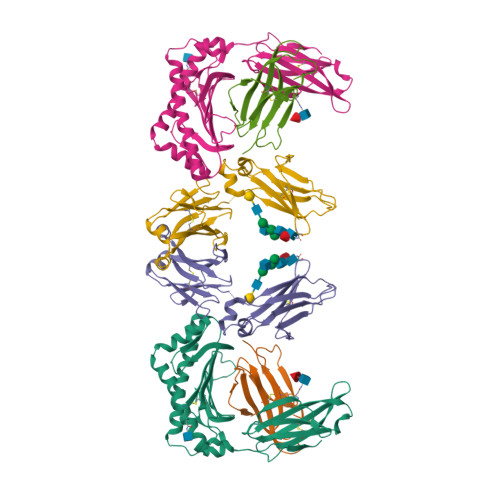



Rcsb Pdb 1frt Crystal Structure Of The Complex Of Rat Neonatal Fc Receptor With Fc
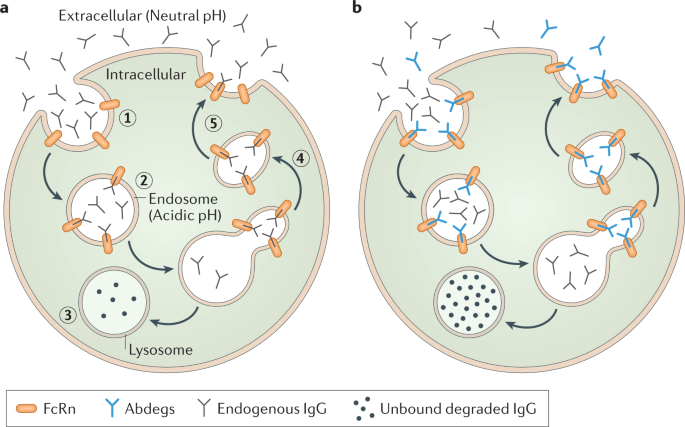



Getting Specific Targeting Fc Receptors In Myasthenia Gravis Nature Reviews Neurology




Localization Of The Neonatal Fc Receptor Fcrn In Huma Open I




Interaction Of Plant Produced Antibodies With Neonatal Fc Receptor Ppt Download



Biorender Life Science Icons




Jci Neonatal Fc Receptor For Igg Regulates Mucosal Immune Responses To Luminal Bacteria



1




Deciphering The Interaction Between Neonatal Fc Receptor And Antibodies Using A Homogeneous Bioluminescent Immunoassay The Journal Of Immunology




Jci Neonatal Fc Receptor Antagonist Efgartigimod Safely And Sustainably Reduces Iggs In Humans




Critical Role Of The Neonatal Fc Receptor Fcrn In The Pathogenic Action Of Antimitochondrial Autoantibodies Synergizing With Anti Desmoglein Autoantibodies In Pemphigus Vulgaris Journal Of Biological Chemistry




Radiolabeled Igg Antibodies Impact Of Various Labels On Neonatal Fc Receptor Binding Edelmann 19 Journal Of Labelled Compounds And Radiopharmaceuticals Wiley Online Library




Frontiers The Neonatal Fc Receptor Fcrn A Misnomer Immunology




Alexion To Acquire Syntimmune For Antibody Therapeutics Targeting The Neonatal Fc Receptor Fcrn Pharmashots




Fmp Berlin Small Molecule Binding To The Neonatal Fc Receptor
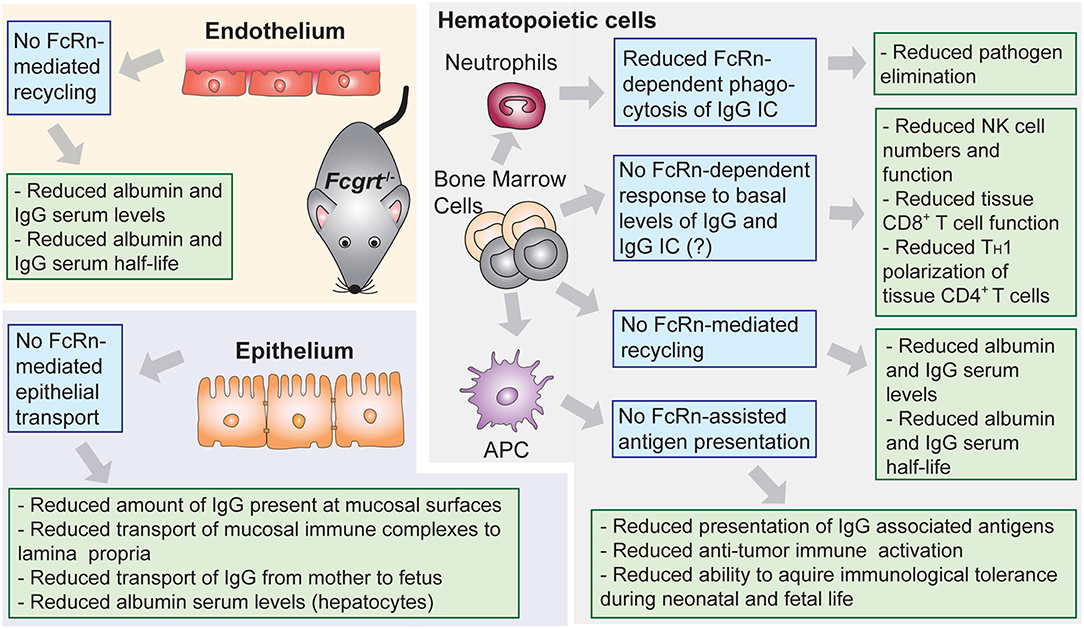



Frontiers The Neonatal Fc Receptor Fcrn A Misnomer Immunology
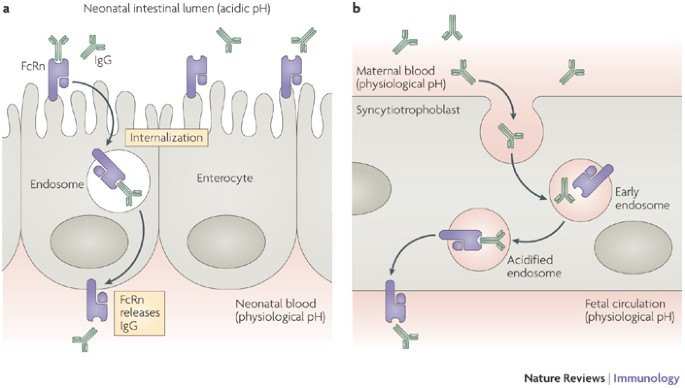



Fcrn The Neonatal Fc Receptor Comes Of Age Nature Reviews Immunology
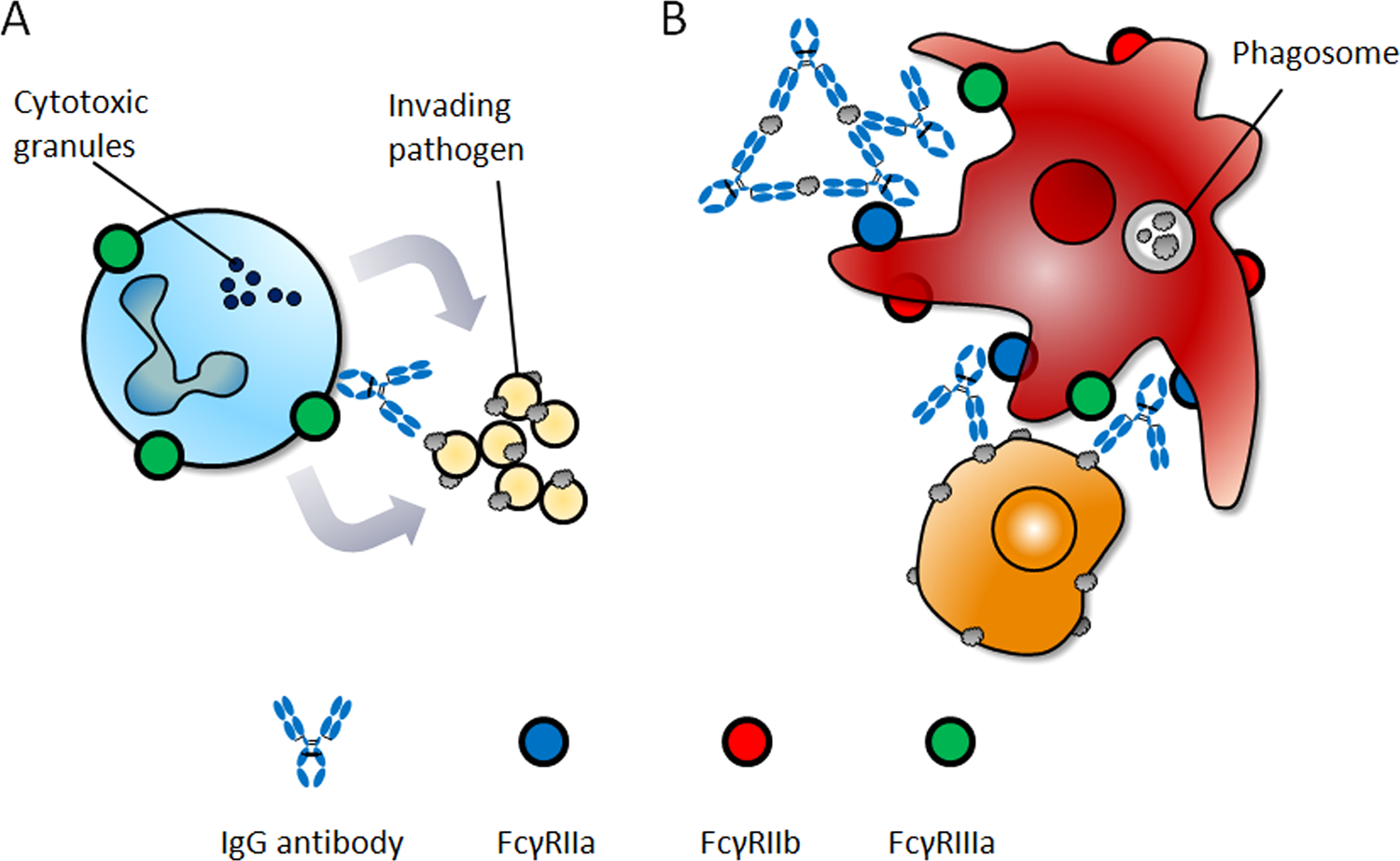



Boosting Therapeutic Potency Of Antibodies By Taming Fc Domain Functions Experimental Molecular Medicine




Pdf Insight Into Small Molecule Binding To The Neonatal Fc Receptor By X Ray Crystallography And 100 Khz Magic Angle Spinning Nmr Semantic Scholar




Neonatal Fc Receptor In Human Immunity Function And Role In Therapeutic Intervention Journal Of Allergy And Clinical Immunology




The Neonatal Fc Receptor Fcrn As A Target For Drug Delivery And Therapy Abstract Europe Pmc




Generation Of A Double Transgenic Humanized Neonatal Fc Receptor Fcrn Albumin Mouse To Study The Pharmacokinetics Of Albumin Linked Drugs Sciencedirect



Mouse Neonatal Fc Receptor Fcrn Elisa Kit Innovative Research




Humanized Igg1 Variants With Differential Binding Properties To The Neonatal Fc Receptor Relationship To Pharmacokinetics In Mice And Primates Drug Metabolism Disposition




Human Neonatal Fc Receptor Mediates Transport Of Igg Into Luminal Secretions For Delivery Of Antigens To Mucosal Dendritic Cells Immunity
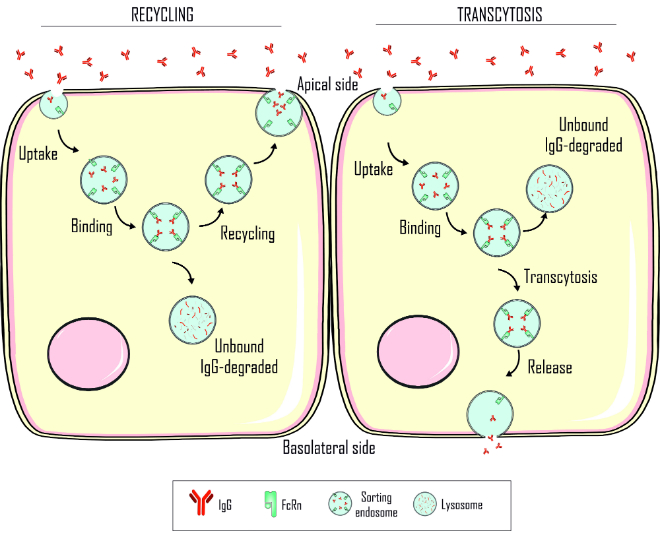



Recent Publications A Comprehensive Review Of The Neonatal Fc Receptor And Its Application In Drug Delivery Www Ineb Up Pt




Extending Half Life By Indirect Targeting Of The Neonatal Fc Receptor Fcrn Using A Minimal Albumin Binding Domain Journal Of Biological Chemistry
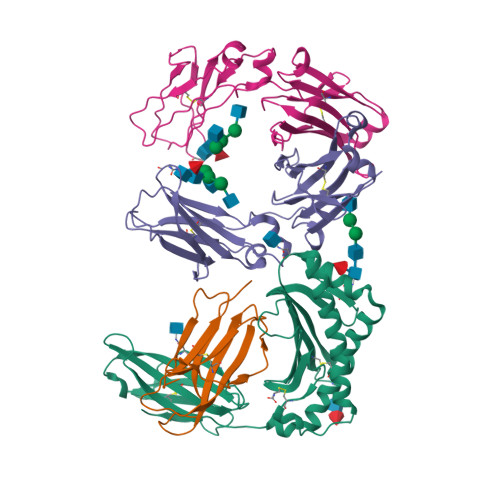



Rcsb Pdb 1i1a Crystal Structure Of The Neonatal Fc Receptor Complexed With A Heterodimeric Fc




The Neonatal Fc Receptor As Therapeutic Target In Igg Mediated Autoimmune Diseases Semantic Scholar



1




Intracranial Antitumor Responses Of Nivolumab And Ipilimumab A Pharmacodynamic And Pharmacokinetic Perspective A Scoping Systematic Review Bmc Cancer Full Text




Characterization And Localization Of The Neonatal Fc Receptor In Adult Human Kidney American Society Of Nephrology
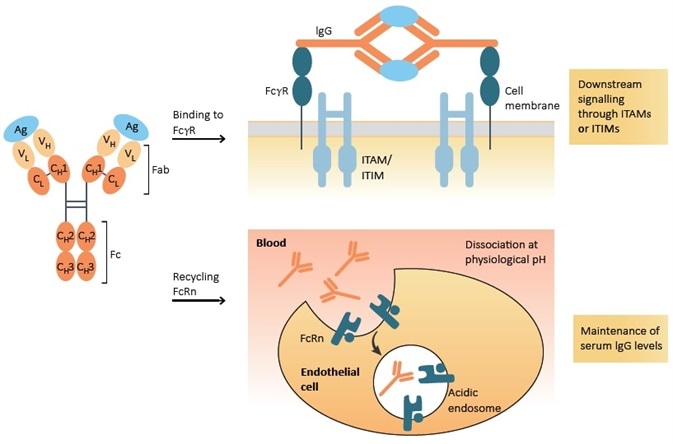



Key Features Of Spr Verified Fc Receptor Proteins



Plos Biology Insight Into Small Molecule Binding To The Neonatal Fc Receptor By X Ray Crystallography And 100 Khz Magic Angle Spinning Nmr
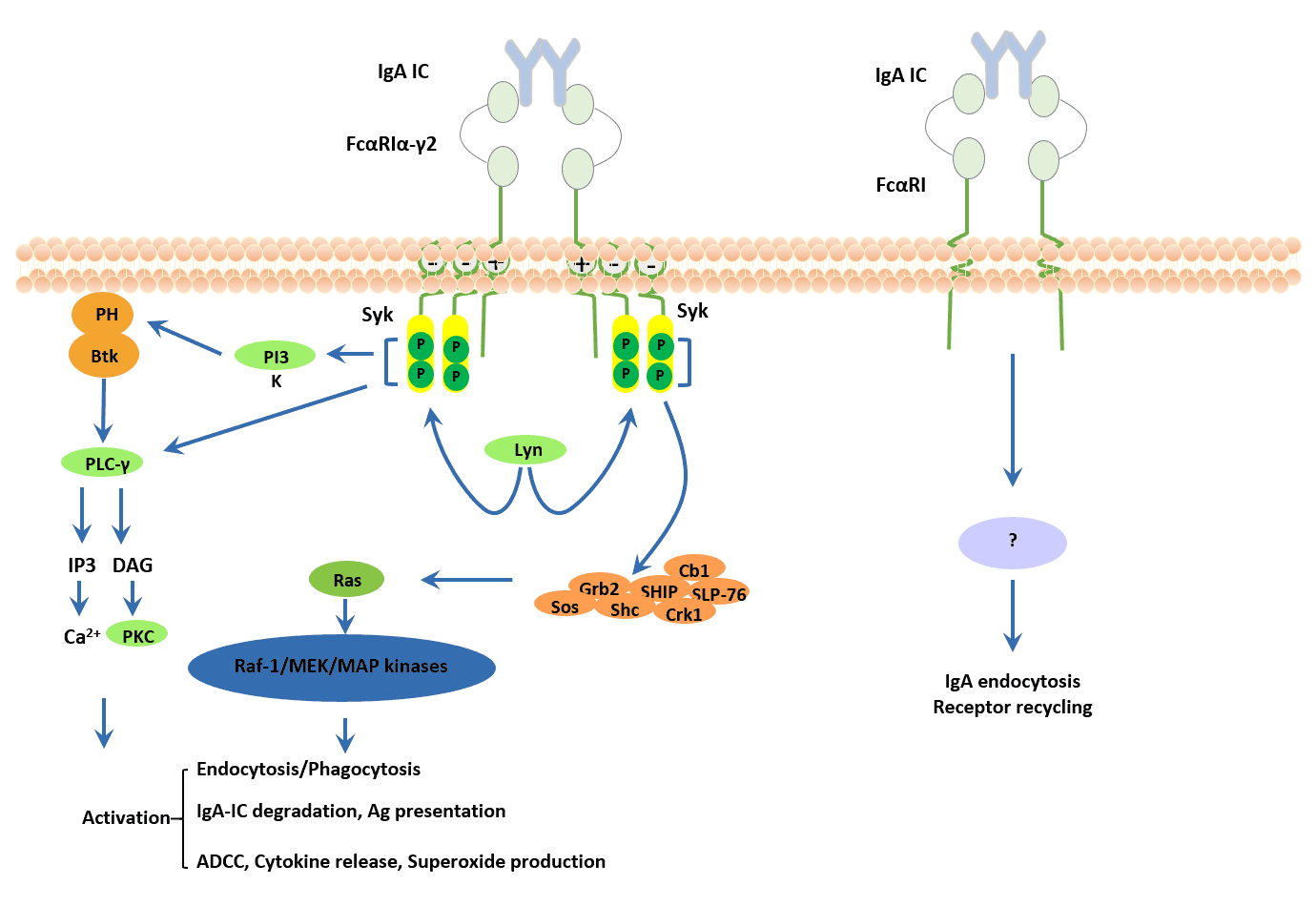



The Overview Of Fc Receptors Classification Related Signaling Pathways And Application Cusabio




Dissection Of The Neonatal Fc Receptor Fcrn Albumin Interface Using Mutagenesis And Anti Fcrn Albumin Blocking Antibodies Journal Of Biological Chemistry




The Immunologic Functions Of The Neonatal Fc Receptor For Igg Springerlink
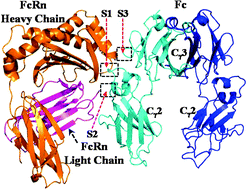



Binding Structures And Energies Of The Human Neonatal Fc Receptor With Human Fc And Its Mutants By Molecular Modeling And Dynamics Simulations Molecular Biosystems Rsc Publishing




Targeting The Neonatal Fc Receptor In Myasthenia Gravis
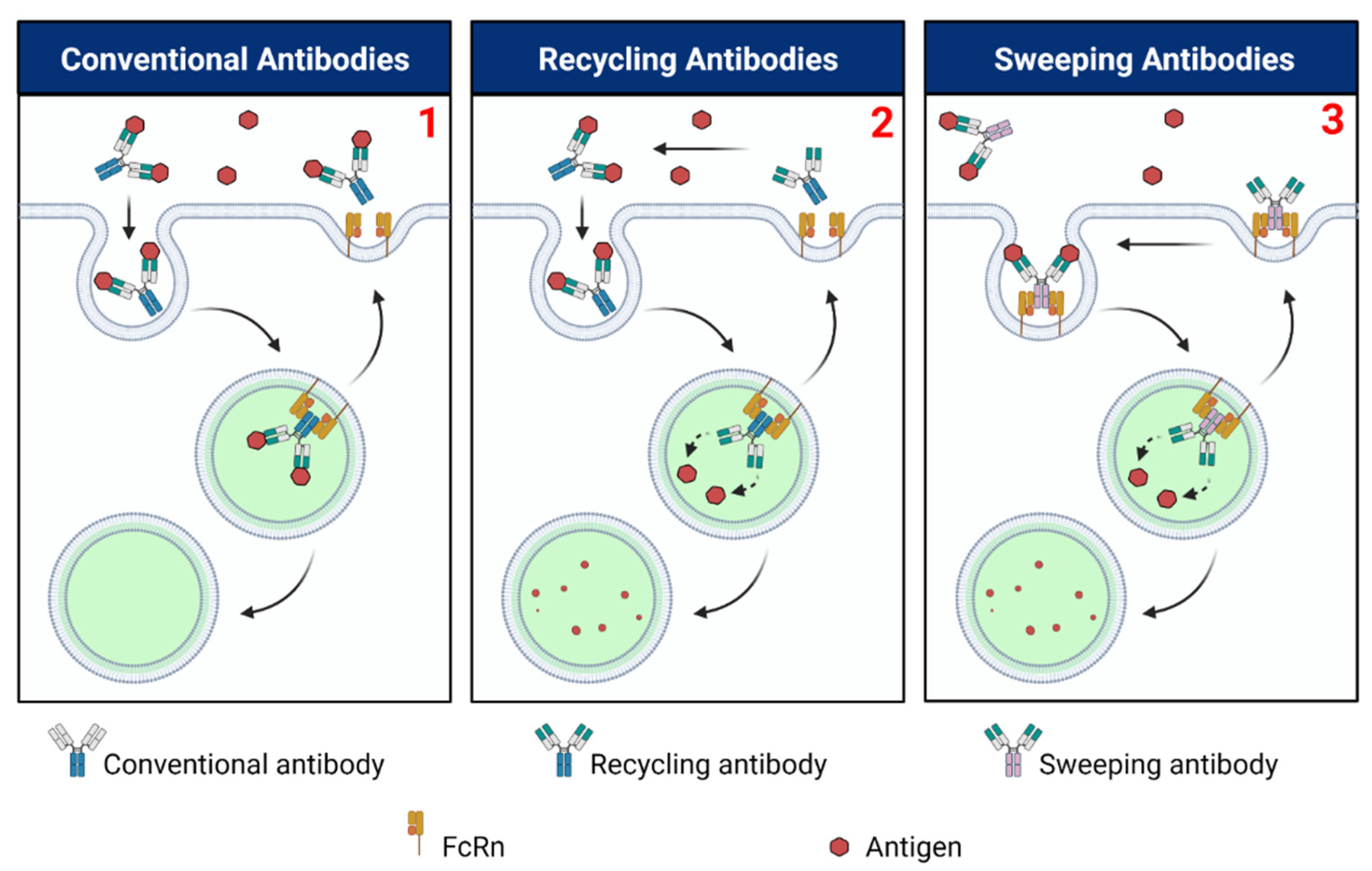



Ijms Free Full Text In Translation Fcrn Across The Therapeutic Spectrum Html




Lecture 12 B Cell Activation And Effector Functions 2 Flashcards Quizlet




Immunoglobulin Resorption By The Neonatal Fc Receptor Fcrn In Mucosal Download Scientific Diagram



0 件のコメント:
コメントを投稿